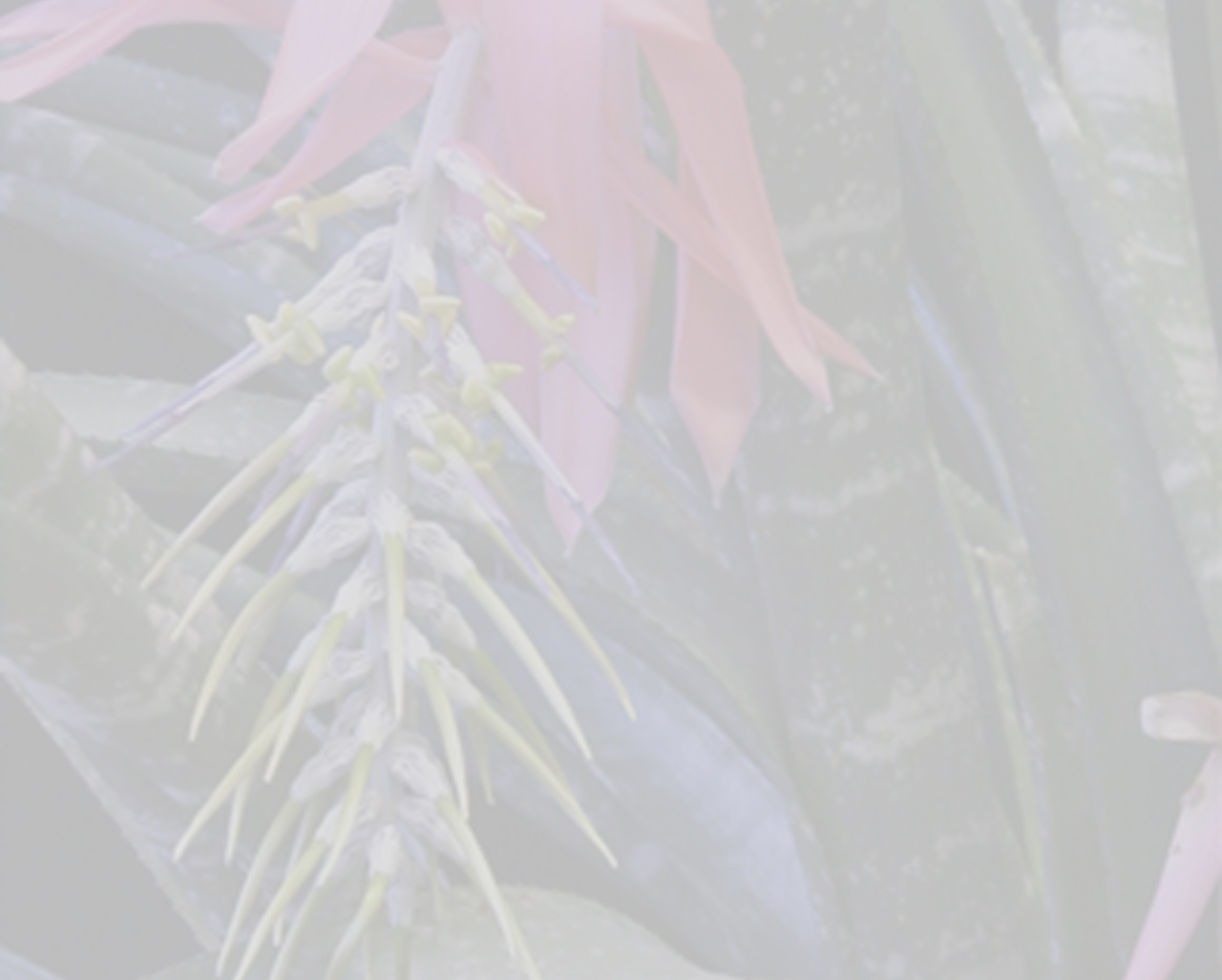Billbergia speciosa Thunb. in part
Taxonomic Change:
- Synonym of Billbergia elegans Mart. ex Schult. & Schult. f. (in part, not as to plate) —See Smith & Downs 1979 p. 1996
- Considered a synonym of Billbergia amoena var. minor (Antoine & Beer ex Beer) L.B.Sm. —See Smith & Downs 1979 p. 1983
- Considered conspecific with Billbergia elegans Mart. ex Schult. & Schult.f. (both from Villa Rica), but the name has priority over it. —See Gouda & Wisnev 2016 p. 242
Literature references:
*move your mouse pointer over the page numbers to see comment
Comments:
- Smith (1943) placed with doubt Billbergia speciosa Thunb. under synonymy of B. amoena var. minor. Later, Smith and Downs (1979: 1983) reasserted this synonymy, but quoted with doubt the type of B. speciosa as being “? Freyreis s n (S), Brazil.” The specimen in question, S [06-10410] ex Herbarium Swartzii, is annotated with “Billbergia speciosa Thunb. Diss. pl. Bras. Dec. I. / Brasilia / Freyreis,” and has been identified by Smith on 23 February 1931 as Billbergia iridifolia (Nees & Mart.) Lindl. In fact, this specimen resembles the type collection of Bromelia iridifolia Nees & Mart., which was collected by Prinz zu Wied in Bahia {“circa viam Filisbertiam … in trunco arboris,” January 1817, (Nees von Esenbeck nr. CXVIII) (Holotype: BR 0000008677457 [photo at MO 1102940]; Isotypes, BR 0000008677488, LE)}, but its morphological pattern is within the broad variability found in Thunberg’s taxon. However, it is trickier because Smith and Downs (1979: 1996) has synonymized “Billbergia speciosa Thunberg, …; in part, not as to plate. Based on Freyreis s n (UPSV), Villa Rica (Ouro Preto), Minas Gerais, Brazil,” under Billbergia elegans Mart. ex Schult., Syst. Veg. 7(2): 1265. 1830, therefore taking the holotype of Billbergia speciosa Thunb. as a different taxon from the plate published by Thunberg. This interpretation was also annotated by Smith in February 1966, on a label attached to the specimen at UPS. Although Thunberg’s plate of Billbergia speciosa (Fig. 1) is really not a “piece of art,” like Smith’s (1943) bad evaluation on that, it is quite clear that the Freyreiss specimen at UPS is the one used to prepare the illustration (Fig. 2). —See Rodrigues et al. p. 126

